Think about walking down any neighborhood street and spotting the descendants of mighty Tyrannosaurus Rex. Imagine watching creatures that lived alongside the most fearsome predators Earth has ever known. These aren’t fantasy tales from science fiction movies.
Right outside your window, animals carrying actual dinosaur genetic material continue their ancient lineages that stretch back hundreds of millions of years. Some of these creatures look surprisingly familiar while others might shock you with their prehistoric heritage. Let’s explore these remarkable living connections to our planet’s most legendary era.
Chickens: The Backyard Descendants of T-Rex
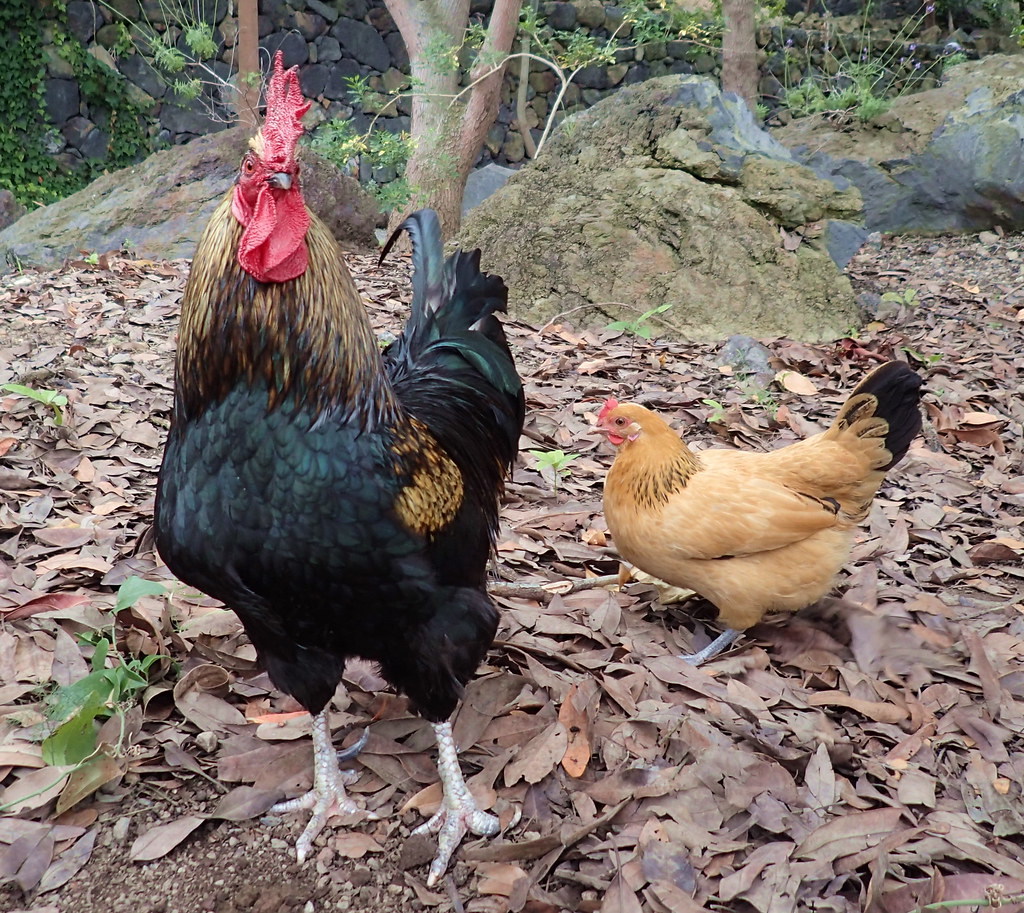
The humble farmyard chicken shares more genetic material with the fearsome Tyrannosaurus Rex than you might believe. Scientists have discovered that T-Rex and modern chickens actually share a surprising amount of DNA, with extensive study of fossils revealing this remarkable genetic connection. Your breakfast eggs come from direct descendants of theropod dinosaurs, the same group that included velociraptors and the king of prehistoric predators.
Phylogenetic analyses have confirmed that birds evolved from small, feathered theropod dinosaurs and represent the only surviving dinosaur lineage after the mass extinction 66 million years ago. This means every chicken pecking in a farmyard is technically a living dinosaur. There are over 20 billion chickens on Earth, which is more than any other bird species, making them the most abundant dinosaur descendants walking among us today.
Crocodilians: Ancient Armor-Plated Survivors
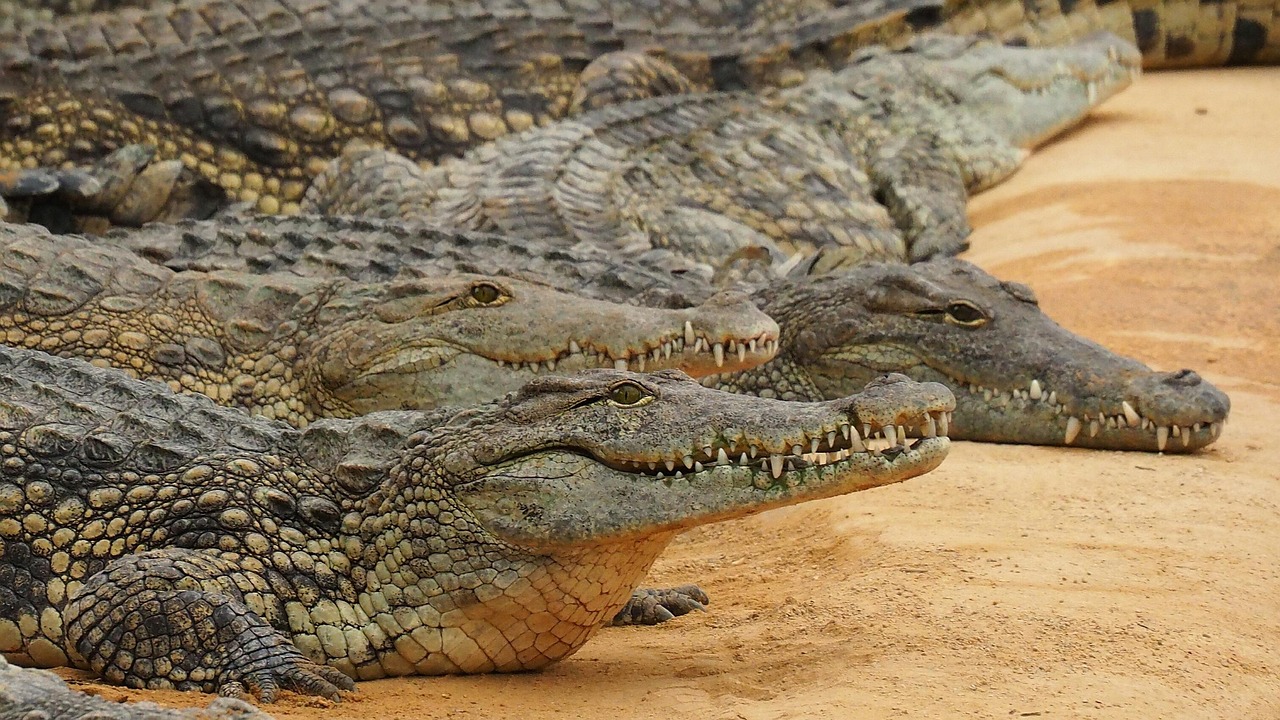
Crocodilians like crocodiles and alligators share common ancestors with dinosaurs, and you can really see the similarities in their rubbery skin, fierce teeth, and claws. Modern crocodiles and alligators are almost unchanged from their ancient ancestors of the Cretaceous period, about 145-66 million years ago. These armored predators represent one of evolution’s greatest success stories, having survived multiple mass extinction events.
A detailed comparison of their DNA with other animals confirms that crocodiles are actually more closely related to birds than to lizards, as both crocodiles and birds are the only living representatives of Archosauria, or “ruling lizards,” which also includes extinct pterosaurs and dinosaurs. When you observe a crocodile’s powerful jaws and predatory instincts, you’re witnessing behaviors that dominated prehistoric swamps millions of years before humans existed.
Sea Turtles: Ocean Wanderers from the Mesozoic
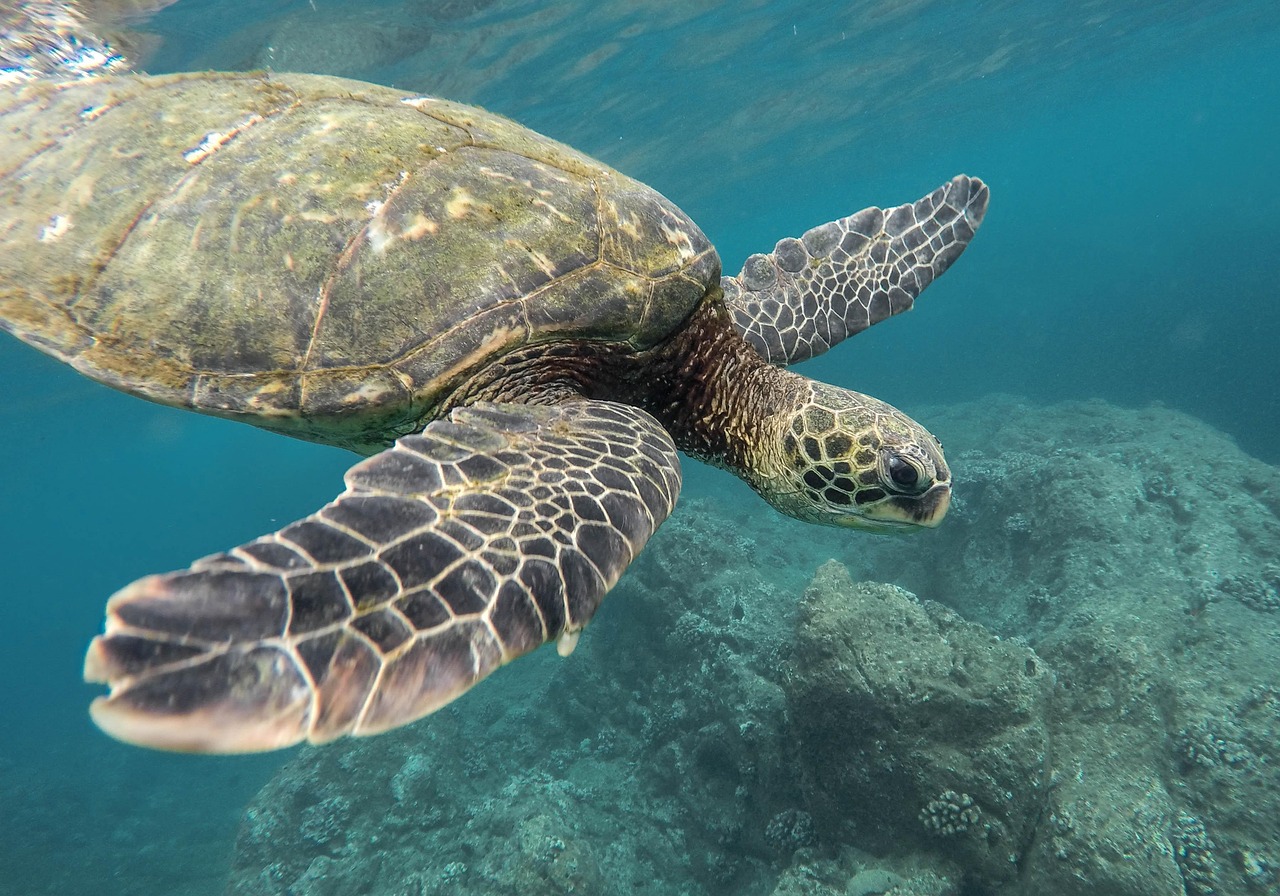
Recent studies have shown that turtles belong in the group Archelosauria, along with relatives like birds, crocodiles, and dinosaurs, with sea turtles emerging as a distinct type about 110 million years ago. These gentle marine reptiles have been navigating Earth’s oceans since dinosaurs ruled the land. Scientists have tracked evolutionary lines using advanced technology and found that modern-day turtles and dinosaurs evolved into two different species 110 million years ago, with one prehistoric version being the Archelon which lived more than 120 million years ago.
The ancient Archelon was truly massive compared to today’s sea turtles. Compared to modern turtle sizes, the Archelon measured about 4.6 meters long and about 4 meters wide flipper to flipper. Modern sea turtles carry the genetic legacy of these ocean giants, maintaining the same basic body plan that proved successful throughout the age of dinosaurs and beyond.
Sharks: Predators Older Than Dinosaurs
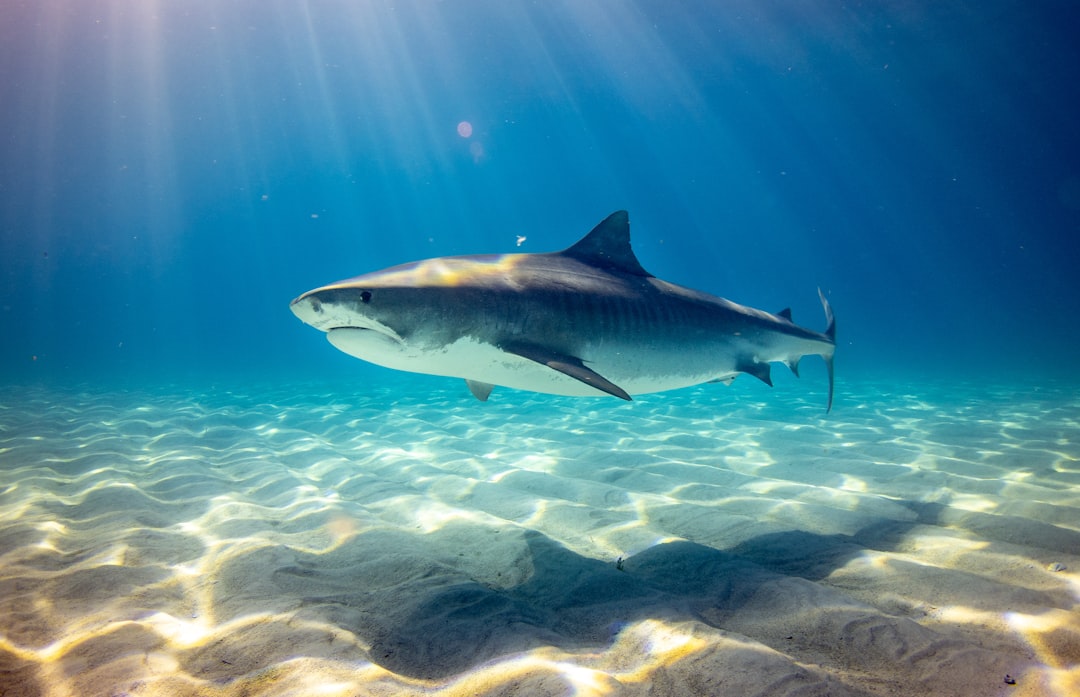
Sharks have been around longer than almost any other animal on the planet, over 450 million years to be exact, meaning the sharks we know today are descended from creatures that were around millions of years before dinosaurs were even a concept. These apex predators represent one of nature’s most enduring designs, having perfected their hunting abilities long before land animals existed.
Today’s sharks are descended from relatives that swam alongside dinosaurs in prehistoric times, with the largest predator of all time being a shark called Megalodon that lived just after the dinosaurs, 23 million years ago, and could reach lengths of up to 18 meters and weigh up to 65 tonnes. Though modern sharks are smaller than their prehistoric cousins, they’ve maintained the same efficient predatory design that made them successful throughout Earth’s history.
Dragonflies: Masters of Ancient Skies
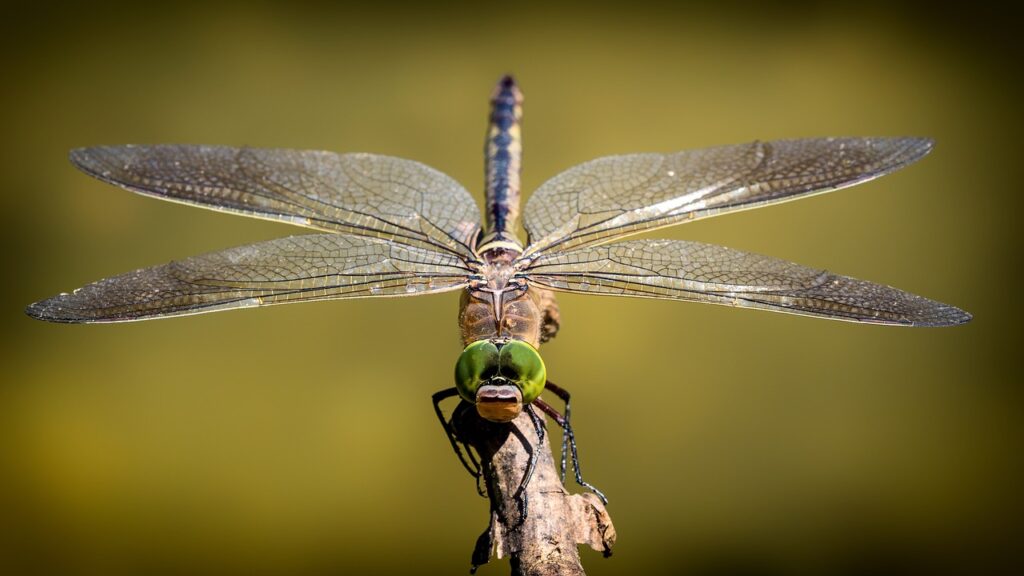
When dinosaurs ruled the Earth, they were already bugged by creatures who had gotten there many millions of years earlier: dragonflies and damselflies, with the first creatures to take to Earth’s skies doing so 406 million years ago. Dragonflies have been fascinating us for about 406 million years and are some of the oldest insects around, having evolved about 300 million years ago as some of the first winged insects.
300 million years ago, insects similar to modern dragonflies had wingspans up to 65 centimeters, with Meganeura having a wingspan as wide as a Sharp-shinned Hawk, while the largest dragonfly today lives in Costa Rica with a wingspan of only 19 centimeters. These aerial acrobats dominated prehistoric skies with their enormous relatives, proving that sometimes smaller can be just as successful as gigantic when it comes to long-term survival.
Horseshoe Crabs: Living Fossils from Before the Dinosaurs
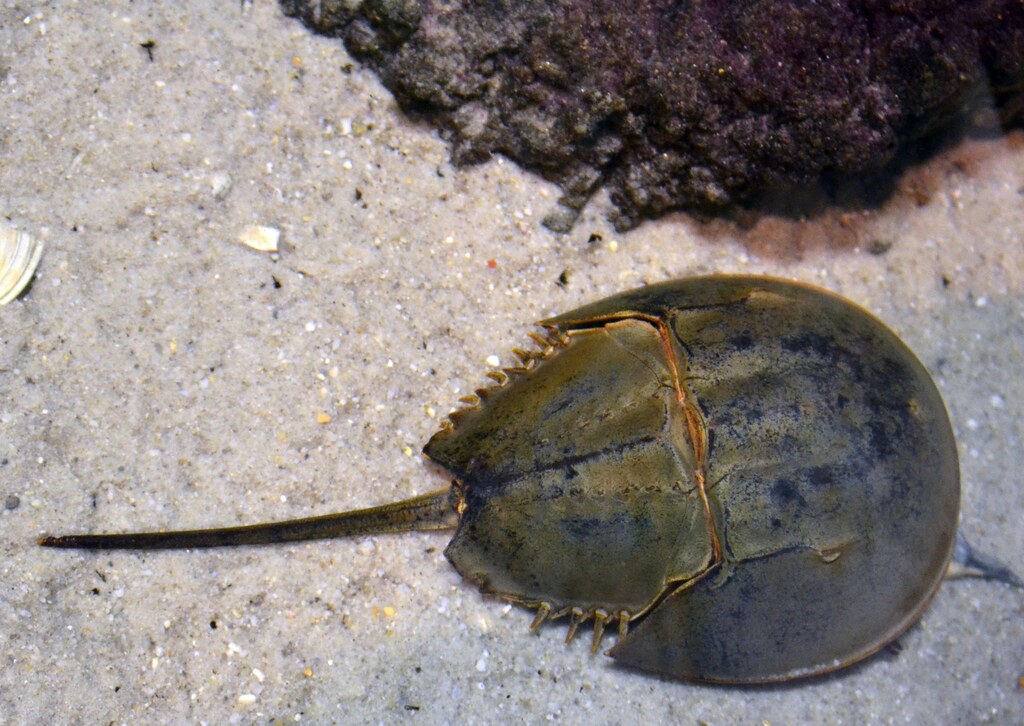
Scientists have discovered fossils of horseshoe crab ancestors that lived 445 million years ago, with dinosaurs first appearing about 200 million years later during the Mesozoic era. Horseshoe crabs are known as “living fossils” because they evolved more than 230 million years ago, with their closest relatives, trilobites, now extinct and only seen as fossils.
Horseshoe crabs are creatures of the Paleozoic Era that survived all five major extinction events including the asteroid that wiped out the dinosaurs, having been roaming coastal shelves and brackish bays for more than 400 million years in nearly identical form as today. Despite their name, they are not crabs or even crustaceans but are chelicerates, more closely related to arachnids like spiders, ticks, and scorpions. These remarkable arthropods carry within them a genetic history that predates almost every other complex life form on Earth.
Cockroaches: Prehistoric Survivors in Your Kitchen
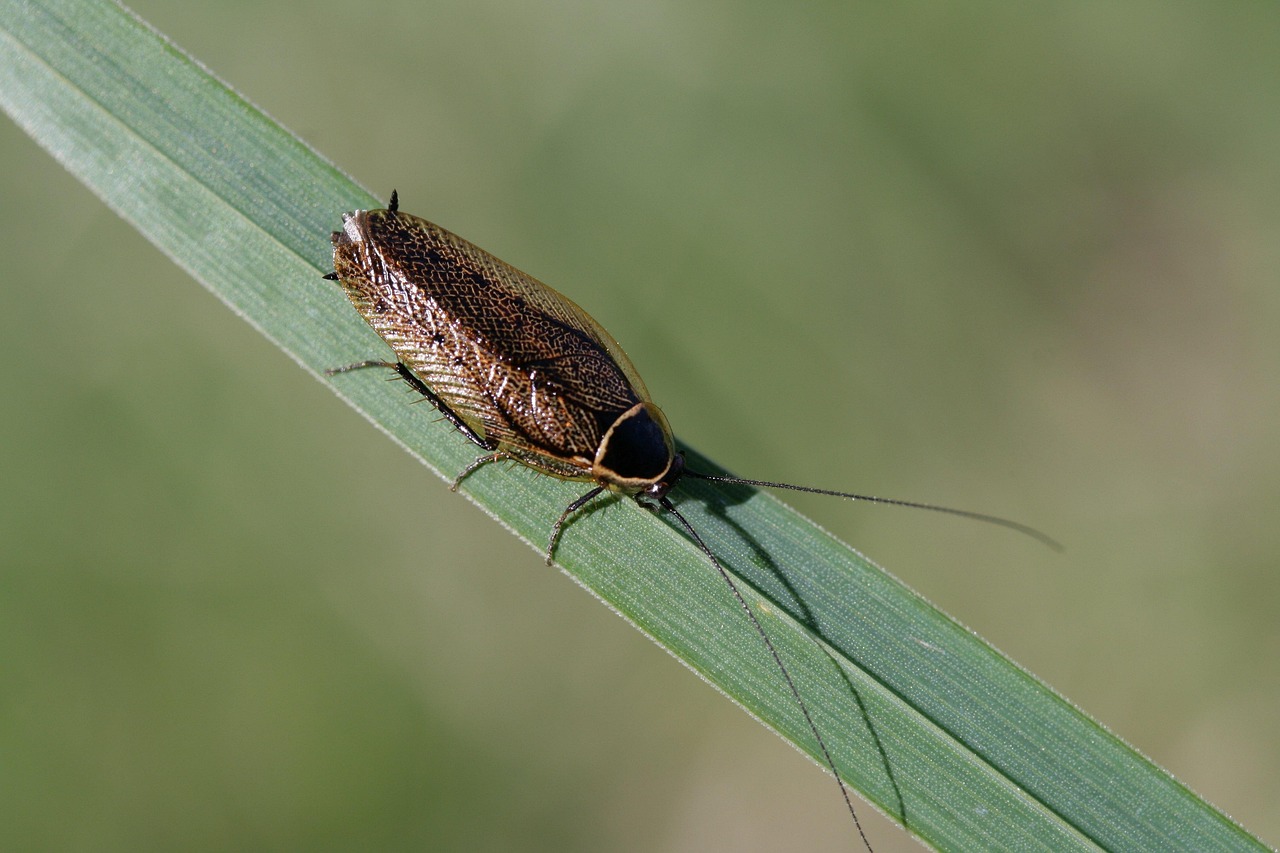
One prehistoric pest has survived for millions of years with nearly no changes – the cockroach, a bug that even predates dinosaurs. Fossils resembling modern cockroaches are known from rocks as old as the Carboniferous period, 320 million years ago, when they dominated insect communities, though the exact evolutionary relationships between these fossil insects and modern roaches remain unclear.
These resilient insects have earned their reputation as ultimate survivors through more than just folklore. While they haven’t been around as long as some insects, cockroaches have been hanging around for about 125-140 million years, which is still pretty impressive. Their ability to adapt to almost any environment and survive extreme conditions helped them outlast the dinosaurs and continue thriving in modern times, much to the dismay of homeowners everywhere.
Bees: Ancient Pollinators of Prehistoric Flowers
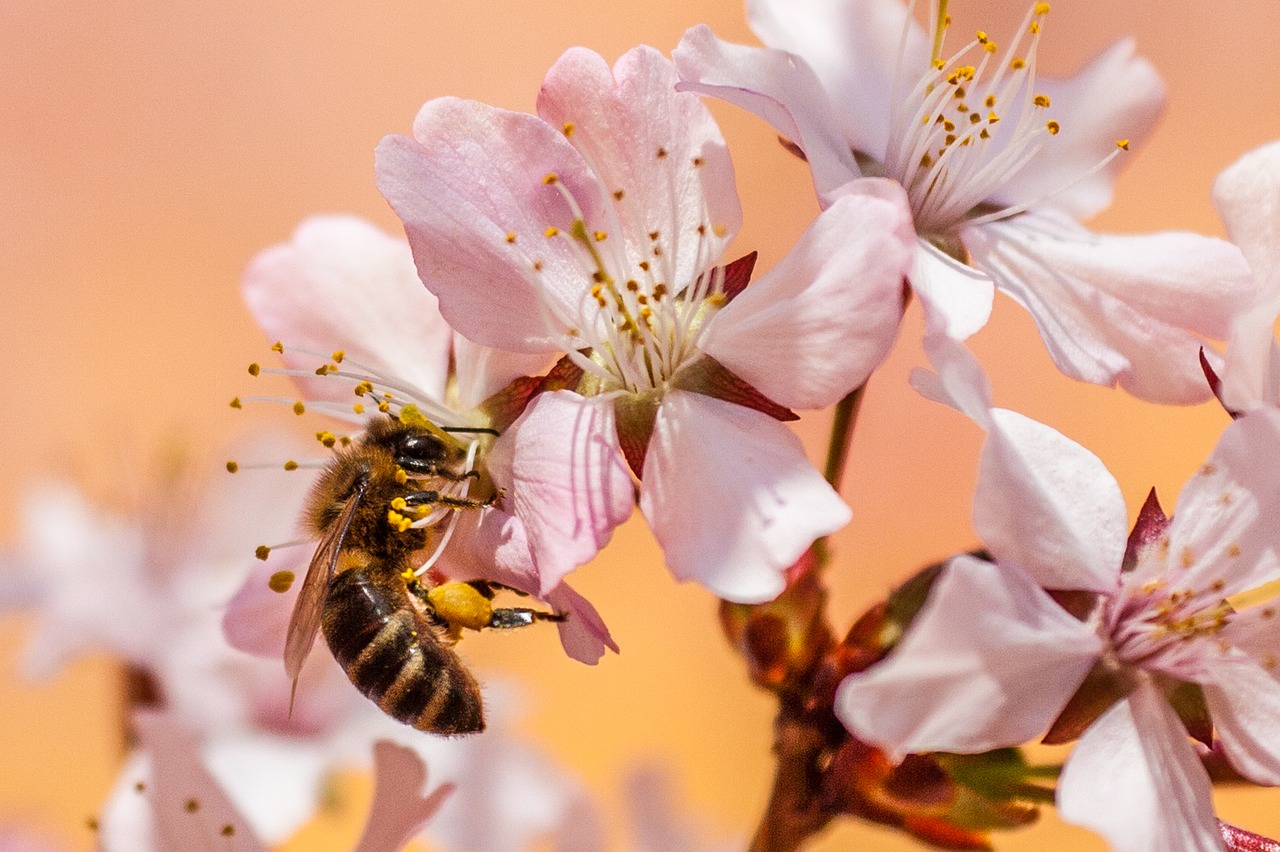
Bees are another ancient insect, with fossil records showing they’ve been buzzing around for about 130 million years, with over 20,000 different bee species today, each with its own habitat preferences. These industrious insects evolved alongside flowering plants during the Cretaceous period, creating one of nature’s most important partnerships that continues today.
Bees play a major role in pollinating plants and flowers, helping gardens bloom and crops thrive, while also being the masterminds behind honey production, giving us that sweet golden goodness we love so much. Without these ancient pollinators, our modern world would look drastically different. Their genetic lineage connects directly to prehistoric ecosystems where early flowering plants first began their partnership with these flying chemists of the insect world.
Tuatara Lizards: New Zealand’s Living Dinosaur Relatives
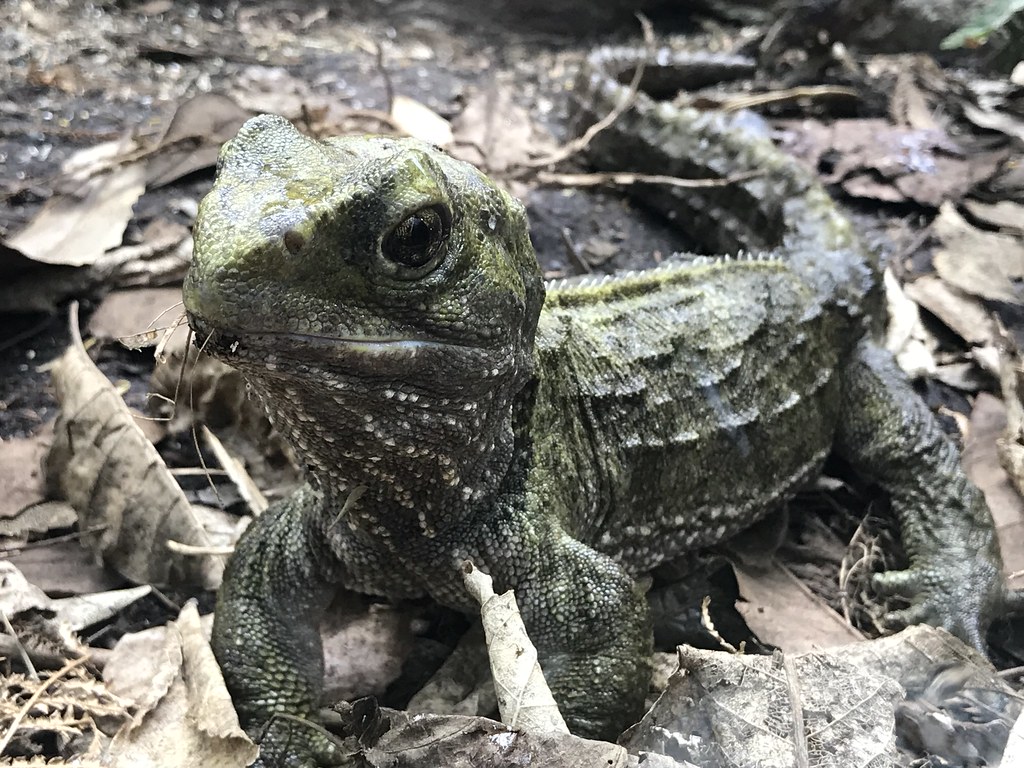
All lizards and reptiles are closely related to dinosaurs, but none more so than tuatara lizards, which are the last surviving animals within the Sphenodontia family and are native only to New Zealand, having been around when dinosaurs walked the Earth with their primordial appearance of dark green scales, spiny backs, and large black eyes. Tuatara lizards are the most closely related to dinosaurs of all the reptiles and lizards, being the last members of the Sphenodontia family still alive.
These remarkable reptiles represent an evolutionary time capsule, preserving characteristics that disappeared from most other reptile lineages millions of years ago. Their unique features include a primitive third eye on top of their heads and teeth that are fused directly to their jawbones rather than sitting in sockets. Living exclusively on islands off New Zealand, tuataras provide scientists with invaluable insights into what reptile life might have been like during the age of dinosaurs.
Crabs and Lobsters: Armored Survivors of Ancient Seas
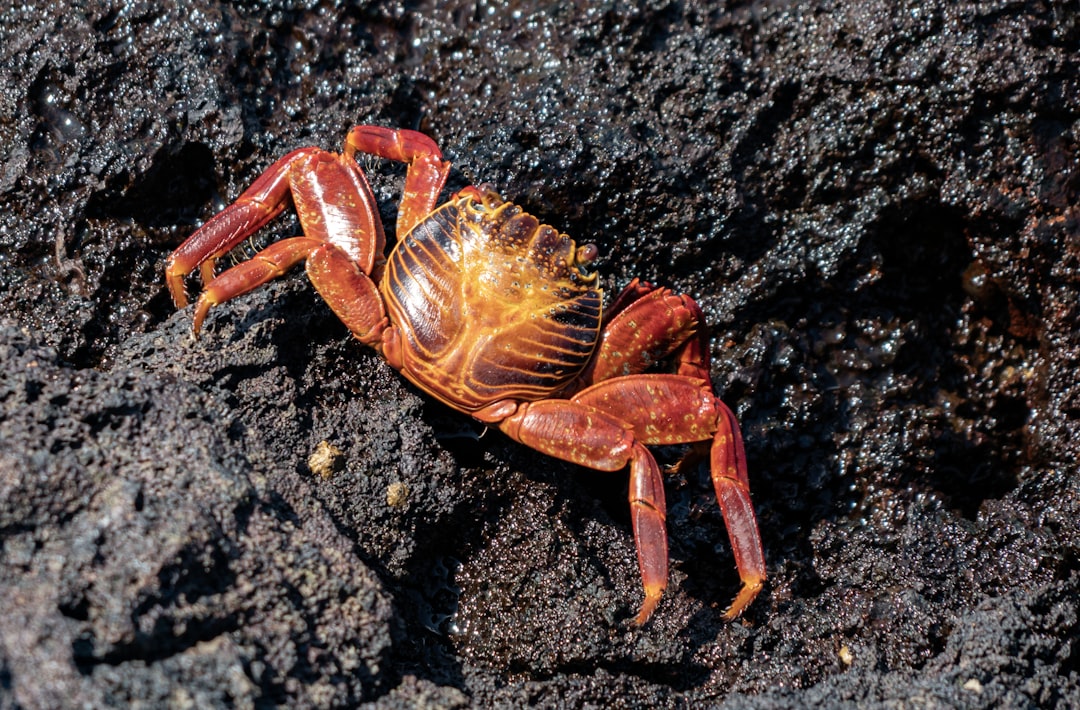
Crustaceans, such as crabs and lobsters, have shown real staying power over the centuries, with several species known to have been around since the time of dinosaurs, with many lobster species predating dinosaurs by hundreds of millions of years. Crabs first emerged in the Jurassic period about 200-146 million years ago but flourished in the Cretaceous period just before dinosaurs went extinct, with species like Megaxantho Zogue being larger than today’s crabs and the first to evolve specialized claws for breaking shells.
These armored arthropods scuttled across prehistoric ocean floors while dinosaurs dominated the land above. Their segmented bodies and powerful claws proved to be winning evolutionary strategies that allowed them to survive massive extinction events. Modern crabs and lobsters carry within their DNA the blueprint for success that sustained their ancestors through the rise and fall of the dinosaurs, continuing to thrive in Earth’s oceans today.
Conclusion
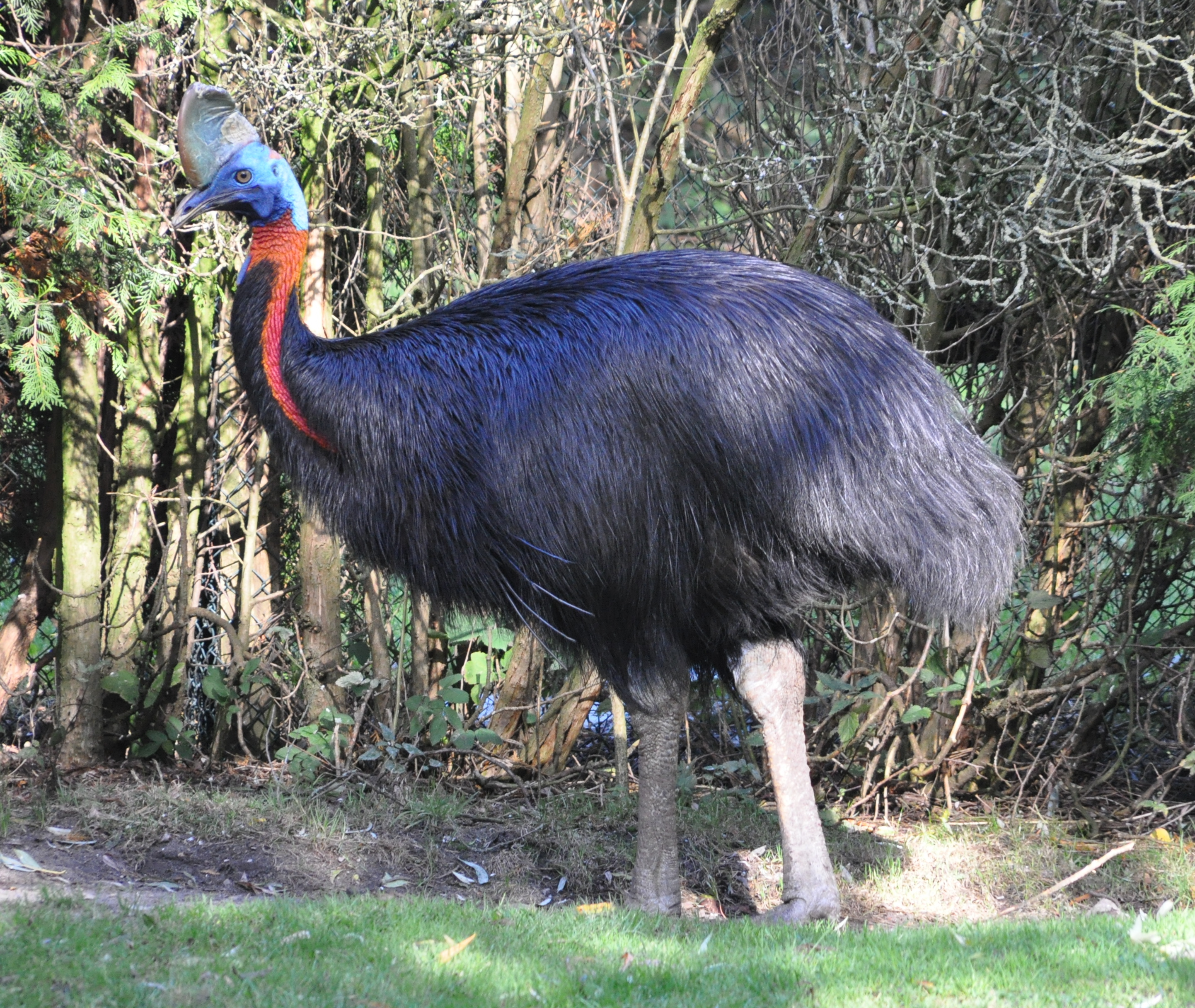
The remarkable truth about isn’t locked away in ancient amber or buried deep in museum archives. It lives and breathes all around us in creatures both familiar and surprising. From the chicken in your backyard to the dragonfly hovering over your garden pond, these animals represent unbroken evolutionary chains stretching back to when Earth was a very different place.
These living descendants and close relatives of dinosaurs remind us that the prehistoric world isn’t as distant as we might think. Every time you watch a bird take flight or observe a crocodile’s predatory patience, you’re witnessing behaviors and genetic traits that were perfected during the age of giants. What fascinates you most about these amazing living connections to our planet’s prehistoric past?



